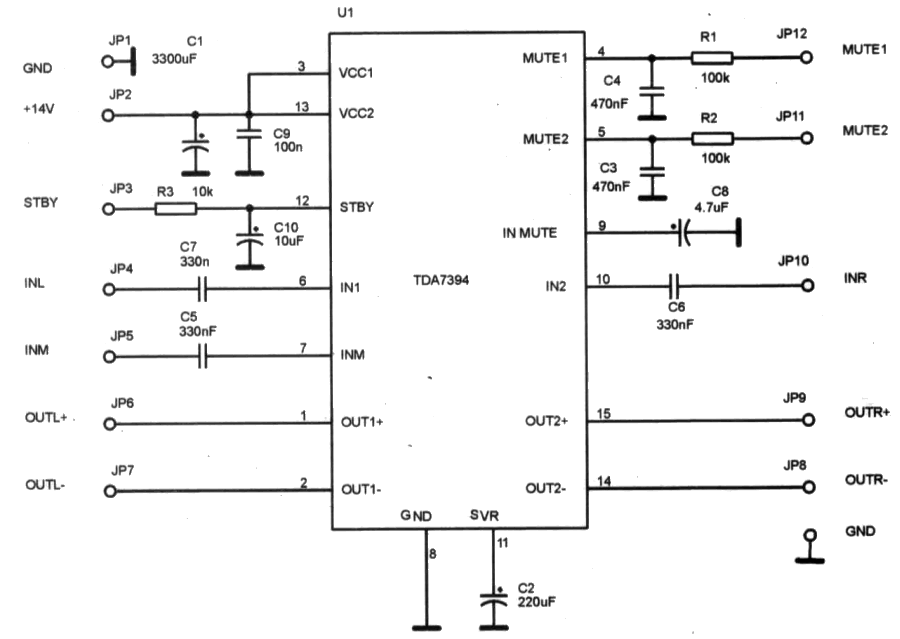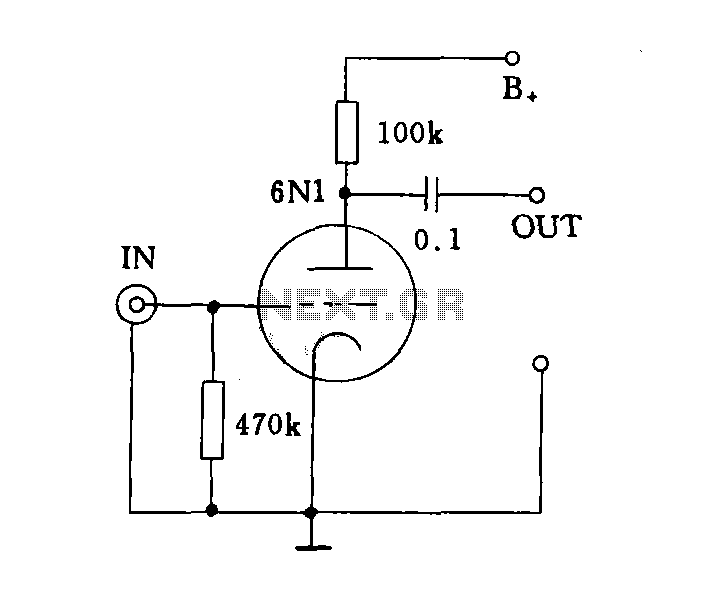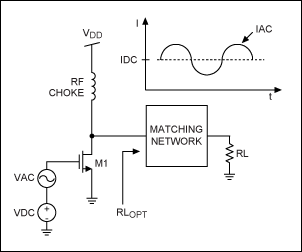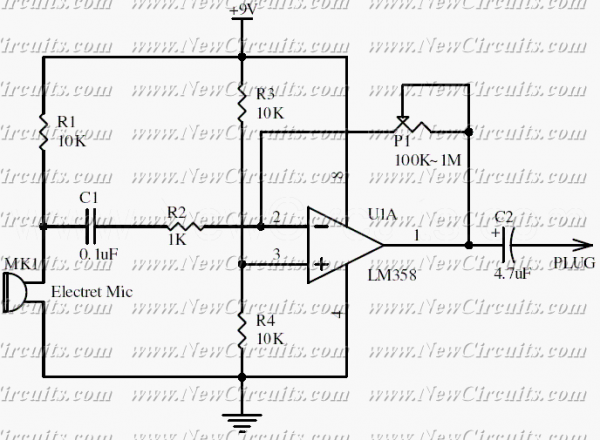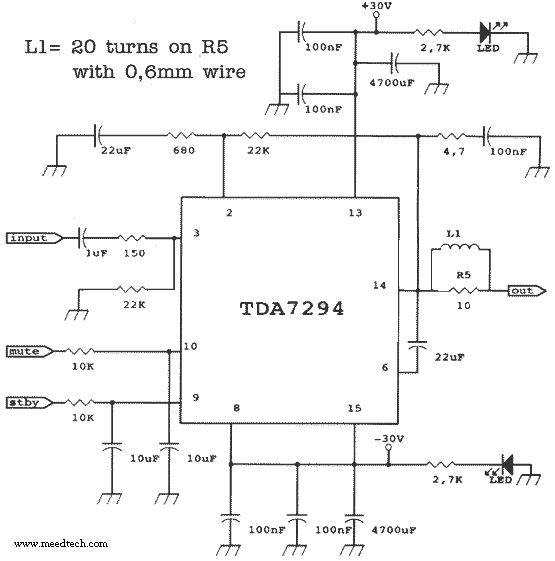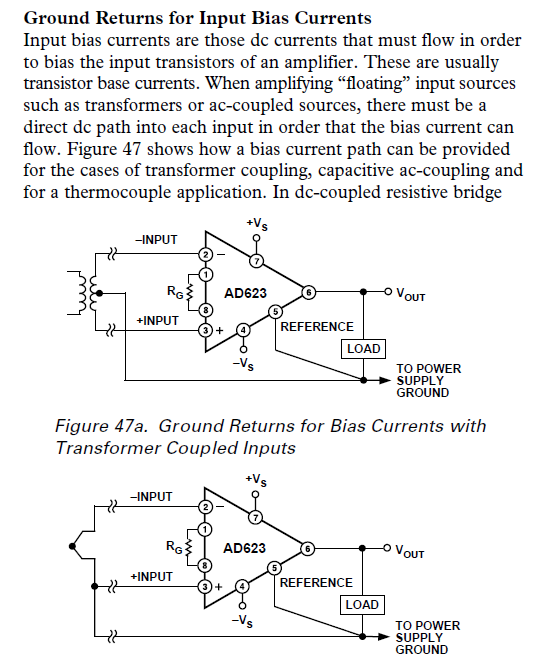
Class-A Mosfet Headphone Amplifier
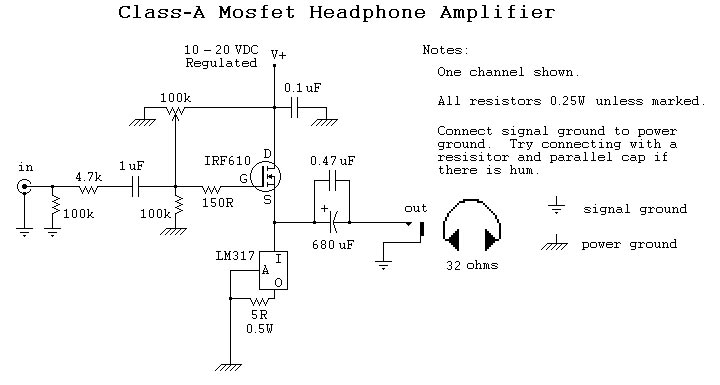
Dissatisfied with the performance of a computer soundcard when driving 32-ohm headphones, a decision was made to construct a Class-A MOSFET headphone amplifier. The objective was to maintain simplicity, minimize costs, and utilize salvaged components whenever possible. This project is a straightforward do-it-yourself (DIY) headphone amplifier inspired primarily by the Class A MOSFET Headphone Driver project by Greg Szekeres, along with some influences from Mark's DIY Class A 2SK1058 MOSFET Amplifier Project. The amplifier is based on a typical single-ended Class A circuit that incorporates an active constant current source (CCS) instead of a passive resistor. The use of a CCS enhances the circuit's efficiency, achieving a maximum efficiency of 25% compared to configurations that utilize a passive load resistor.
The Class-A MOSFET headphone amplifier is designed to deliver high-quality audio output while ensuring compatibility with low-impedance headphones, such as the 32-ohm model in question. The circuit architecture revolves around the principle of single-ended operation, which is characterized by a single active device conducting the entire audio signal waveform. This design choice inherently provides a linear amplification characteristic, which is essential for high-fidelity audio reproduction.
The active constant current source (CCS) plays a crucial role in this amplifier design. By replacing the traditional passive load resistor, the CCS maintains a consistent current through the MOSFET, improving linearity and reducing distortion. This results in a more accurate representation of the audio signal, making the amplifier suitable for critical listening applications. The CCS can be implemented using additional MOSFETs or BJTs configured to provide stable biasing, ensuring that the amplifier operates within its optimal range.
Component selection is vital in achieving the desired performance. The use of high-quality capacitors and resistors will minimize noise and enhance overall sound quality. Additionally, the choice of MOSFETs is significant; devices with low on-resistance and high transconductance are preferred to ensure efficient power delivery and thermal stability.
Power supply considerations are also essential for the successful operation of the amplifier. A regulated power supply with adequate filtering will help to eliminate noise and ripple, further contributing to the amplifier's performance. Proper grounding techniques should be employed to prevent ground loops and ensure signal integrity.
In summary, this Class-A MOSFET headphone amplifier project is a practical and effective solution for enhancing headphone audio performance. By focusing on simplicity, cost-effectiveness, and the use of salvaged parts, it serves as an excellent introduction to audio amplifier design while providing a high-quality listening experience.Not thrilled with how a computer soundcard drove my 32ohm headphones so I decided to build myself class-A mosfet headphone amplifier. As with most of my projects, the goal was to keep it simple, keep cost down and try use some salvaged parts.
This is a simple do-it-yourself (DIY) headphone amplifier project that is fashioned primarily after the Class A MOSFET Headphone Driver project by Greg Szekeres and to some extent Mark`s DIY Class A 2SK1058 MOSFET Amplifier Project. The amplifier concept is simple and follows a typical single-ended class A circuit utilizing an active constant current source (CCS) in place of a passive resistor.
A CCS doubles the efficiency of the circuit over that where a passive load resistor is used, bringing it to a maximum of 25% 🔗 External reference
The Class-A MOSFET headphone amplifier is designed to deliver high-quality audio output while ensuring compatibility with low-impedance headphones, such as the 32-ohm model in question. The circuit architecture revolves around the principle of single-ended operation, which is characterized by a single active device conducting the entire audio signal waveform. This design choice inherently provides a linear amplification characteristic, which is essential for high-fidelity audio reproduction.
The active constant current source (CCS) plays a crucial role in this amplifier design. By replacing the traditional passive load resistor, the CCS maintains a consistent current through the MOSFET, improving linearity and reducing distortion. This results in a more accurate representation of the audio signal, making the amplifier suitable for critical listening applications. The CCS can be implemented using additional MOSFETs or BJTs configured to provide stable biasing, ensuring that the amplifier operates within its optimal range.
Component selection is vital in achieving the desired performance. The use of high-quality capacitors and resistors will minimize noise and enhance overall sound quality. Additionally, the choice of MOSFETs is significant; devices with low on-resistance and high transconductance are preferred to ensure efficient power delivery and thermal stability.
Power supply considerations are also essential for the successful operation of the amplifier. A regulated power supply with adequate filtering will help to eliminate noise and ripple, further contributing to the amplifier's performance. Proper grounding techniques should be employed to prevent ground loops and ensure signal integrity.
In summary, this Class-A MOSFET headphone amplifier project is a practical and effective solution for enhancing headphone audio performance. By focusing on simplicity, cost-effectiveness, and the use of salvaged parts, it serves as an excellent introduction to audio amplifier design while providing a high-quality listening experience.Not thrilled with how a computer soundcard drove my 32ohm headphones so I decided to build myself class-A mosfet headphone amplifier. As with most of my projects, the goal was to keep it simple, keep cost down and try use some salvaged parts.
This is a simple do-it-yourself (DIY) headphone amplifier project that is fashioned primarily after the Class A MOSFET Headphone Driver project by Greg Szekeres and to some extent Mark`s DIY Class A 2SK1058 MOSFET Amplifier Project. The amplifier concept is simple and follows a typical single-ended class A circuit utilizing an active constant current source (CCS) in place of a passive resistor.
A CCS doubles the efficiency of the circuit over that where a passive load resistor is used, bringing it to a maximum of 25% 🔗 External reference
